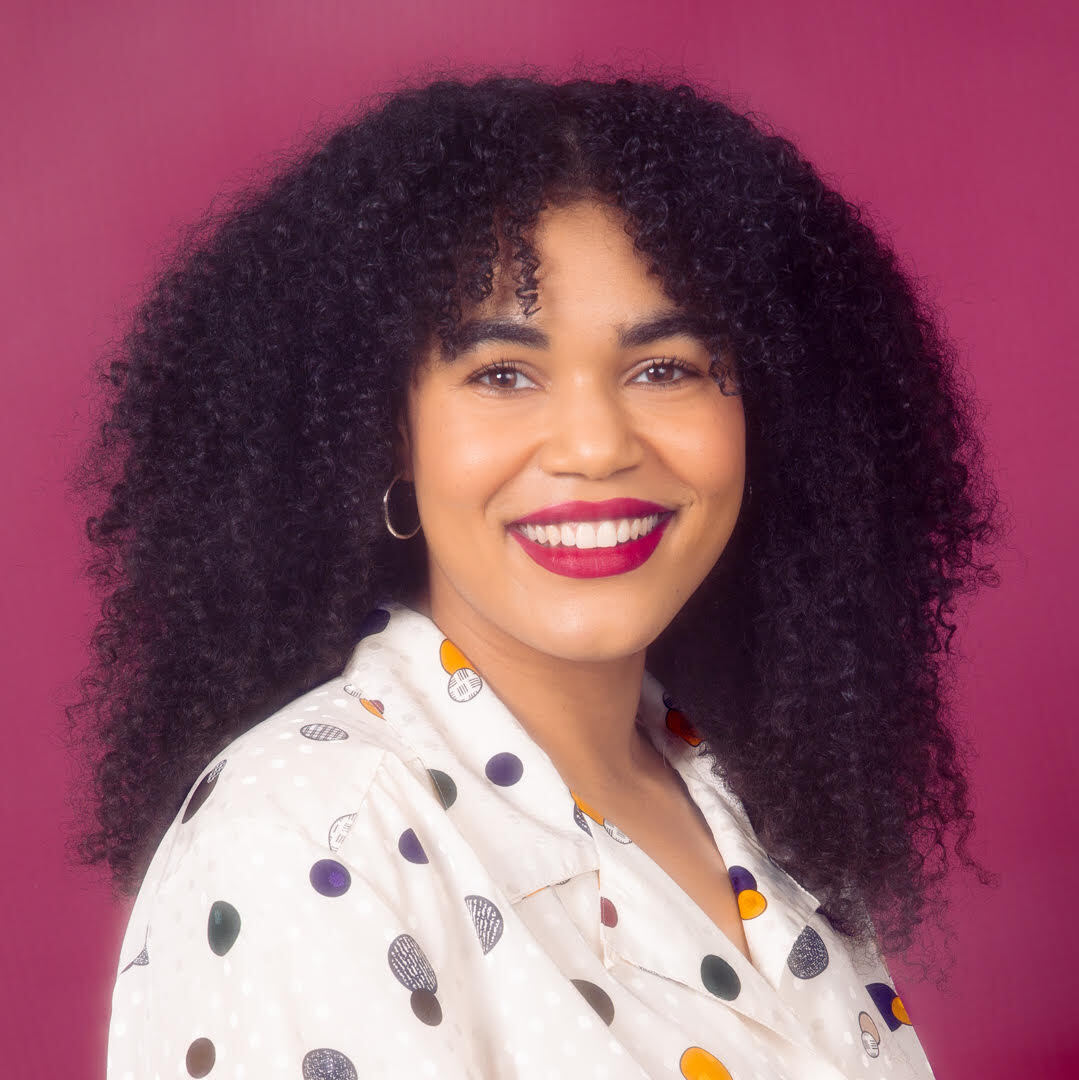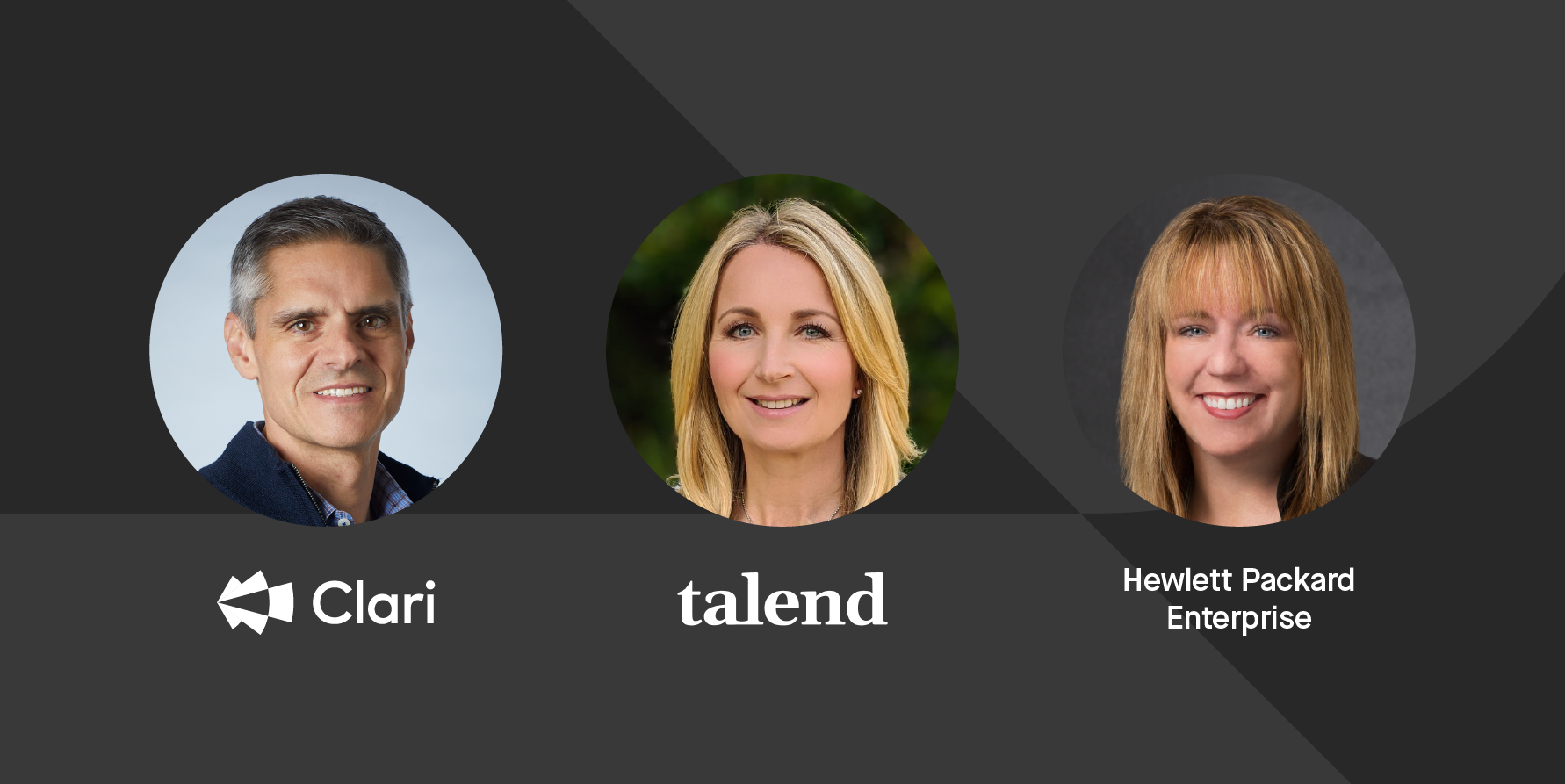True full-scale alignment is hard to come by for organizations of any size. While it’s every company’s goal to grow, at the same time, with great scale, comes great complexity.
That’s why Anne Bolton, vice president of sales experience at Hewlett Packard Enterprise, views company-wide alignment as a continuous and iterative process.
Bolton’s approach makes a lot of sense—especially when you know that HPE has $27 billion in revenue, more than 60,000 employees, merger and acquisition activity, and multiple business units that deliver a range of products and services across 10 different geographies.
“In an environment that's moving so fast, having everybody anchored on something simple is half of the battle in moving everybody forward in the same direction,” Bolton says.
For an organization as sizable and complex as HPE, alignment is a similarly sizable and complex challenge. But it’s not out of reach.
That’s where revenue operations comes in. The goal of RevOps is to reduce complexity and introduce new levels of clarity—bringing together people, process, data, and technology across the entire revenue process.
Hallmarks of great RevOps leaders include creativity, collaboration, transparency, and trust. Leaders who embody these traits are part of Generation Revenue—aka GenR.
At Generation Revenue 2021, Clari’s virtual conference for the next generation of revenue leaders, Bolton at HPE joined Ann-Christel Graham, the chief revenue officer at Talend, and Kevin Knieriem, CRO at Clari, to discuss alignment at scale.
Together, they shared strategies for achieving alignment—from the boardroom to the frontline—through culture, a shared mission, and a consistent focus on simplification.
Prioritizing culture to bring teams together
In 2020, HPE experienced sweeping changes. In the midst of grappling with the global pandemic, the company relocated its worldwide headquarters from Silicon Valley to Houston. Bolton notes that relying on a consistent culture of innovation, curiosity, and taking action eased change management at scale.
“Culture has become one of our biggest strengths over the last year,” says Bolton. “When you’re trying to make a 60,000-person company shift very quickly, you want to make sure that it’s anchored in something bigger than themselves.”
When teammates believe in their company’s culture, it tends to show in their work. Bolstering HPE’s example, aligning under a shared mission is a critical building block for high-performing teams, according to Harvard Business Review.
Ensuring that employees identify with your company’s brand and values is key in operationalizing culture across all teams and individuals. Transparency and collaboration bring teammates into the fold, empowering them with both visibility and voice to make your company culture their own. Everyone is not only aware of the company’s values and long-term strategy, they’re also actively engaged in it.
At Clari, leadership also encourages teammates to take their work to heart.
“Underlying everything at Clari is our core values. Those of you who work with us know, we actually wear these on our T-shirts,” says Knieriem of Clari. “It’s how we work together, it’s how we work with our customers, it’s how we assist each other, it’s the state of mind that we have. Our values underlie everything that we do.”
Investing in shared understanding across your entire business
Graham and her team at Talend are also intensely focused on the customer experience. Talend, a leader in data integration and data integrity, launched their customer-first initiative in 2020, which codified customer success as the guidepost for everything the company does, says Graham.
When implementing this change, Graham and her team made sure that everyone understood the “why” behind the change and what they were trying to achieve. For Talend, that means looking at their business like a customer would.
“We aligned around the goal of becoming a strategic business partner to our customer. First and foremost, we thought about the products and our go-to-market focus through the lens of our customer,” says Graham. “We looked at the problems our customers were trying to solve. From there, we adjusted our mission, our value, and our purpose to make sure there was greater alignment and clarity for the organization.”
With a shared base-level understanding, the team at Talend could move beyond debating key terms, definitions, sales forecasting metrics, and goals, to dive into the substantive work of improving the customer experience.
For Knieriem, focusing on education is critical.
“At Clari, we really work on not just training our sellers, but educating them. It makes a huge difference,” he says, drawing a distinction between training, like learning specific skills or behaviors, versus education, which is acquiring actionable knowledge.
“Education is really important because it gives purpose to what they’re doing,” Knieriem says.
Of course, educating entire organizations takes time, resources, dedication, and frameworks. Talend’s framework for alignment is objectives and key results, known as OKRs.
“Like anything else, [OKRs] are a new muscle,” says Graham. “Teams are learning how to leverage OKRs to drive collaboration and focus as individuals and teams, in terms of goals and key results that support our strategic objectives as a company. To show that we’re aligned, we have regular weekly or monthly checkpoints.”
Graham also notes that implementing OKRs has powered increased cross-functional collaboration and broken down silos, which aligns with the goals of revenue operation.
“One of the things that’s really exciting about using OKRs is that it’s not just about your immediate team. It’s about collaboration across the company. It brings transparency to great transparency to what could very easily be siloed,” she says.
Along with introducing OKRs, Talend also reevaluated and overhauled its go-to-market strategy and compensation plans to incentivize alignment with customer centricity and, thus, the company’s overall strategic goals. That way, alignment pays off for individuals and teams.
Delivering simplicity in complex environments
At HPE, alignment is also linked to the customer experience. For Bolton, driving toward simplicity—for both customers and internal teams—is a guiding principle.
HPE’s internal alignment practices and process should have a positive impact on both the customer and employee experience, Bolton says.
A key part of making that impact is documenting processes. According to Bolton, that’s key when it comes to simplification and alignment.
“It’s really critical to just get the process down. It's so painful, especially when you're in a complex environment, but that's the most important starting point,” she says.
After processes are documented, Bolton asks these questions to help HPE measure its simplification:
- How can we simplify the process over time?
- Do we measure simplification based on normal KPIs?
- What are we trying to do overall?
- Are we trying to save on costs?
- Are we trying to increase or decrease product cycle time?
Process is only part of the equation. Achieving simplicity in a complex, hypergrowth environment isn’t an easy task, so HPE has sales forecast support from Clari.
“It's really helped us focus on overall simplification for our capacity,” Bolton says of Clari. “Imagine having 10 geographies, with 10 different processes to roll up into your sales forecasts. It's just forcing us to get that discipline in place.”
The discipline and rigor that Bolton noted is part of what drives predictable revenue growth. Finance and GTM teams also need visibility into a solid pipeline, she says.
“Make sure you're getting the most likely, accurate pipeline and forecast to your sales ops and finance people. The best thing you can do is make sure you're giving them that visibility,” she says.
At the end of the day, driving alignment and predictability at scale takes commitment, especially for revenue leaders.
“The most important role I have is to drive repeatable, consistent, and predictable business,” Graham at Talend says.
Alignment is a journey, not a destination. While there will inevitably be detours along the way, recovering and getting back on course is what matters.
“We’re human. We have a natural tendency to strive for perfection, but it can become a never-ending cycle,” says Graham. “The key is to take smart, strategic, and calculated risks. Then evaluate, work towards progress, and operate with eyes wide open and a willingness to fix if something didn't go as expected.”
For more customer perspectives, check out Clari’s customer stories here.
Read more:



